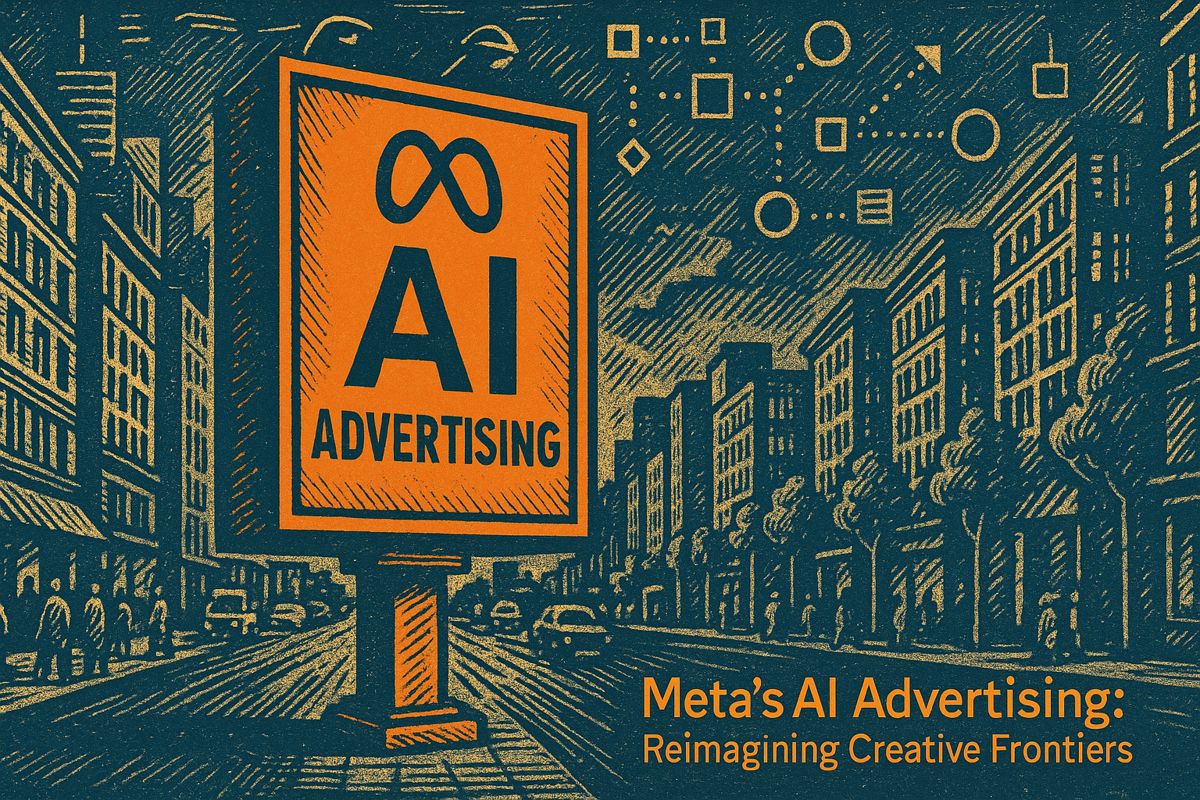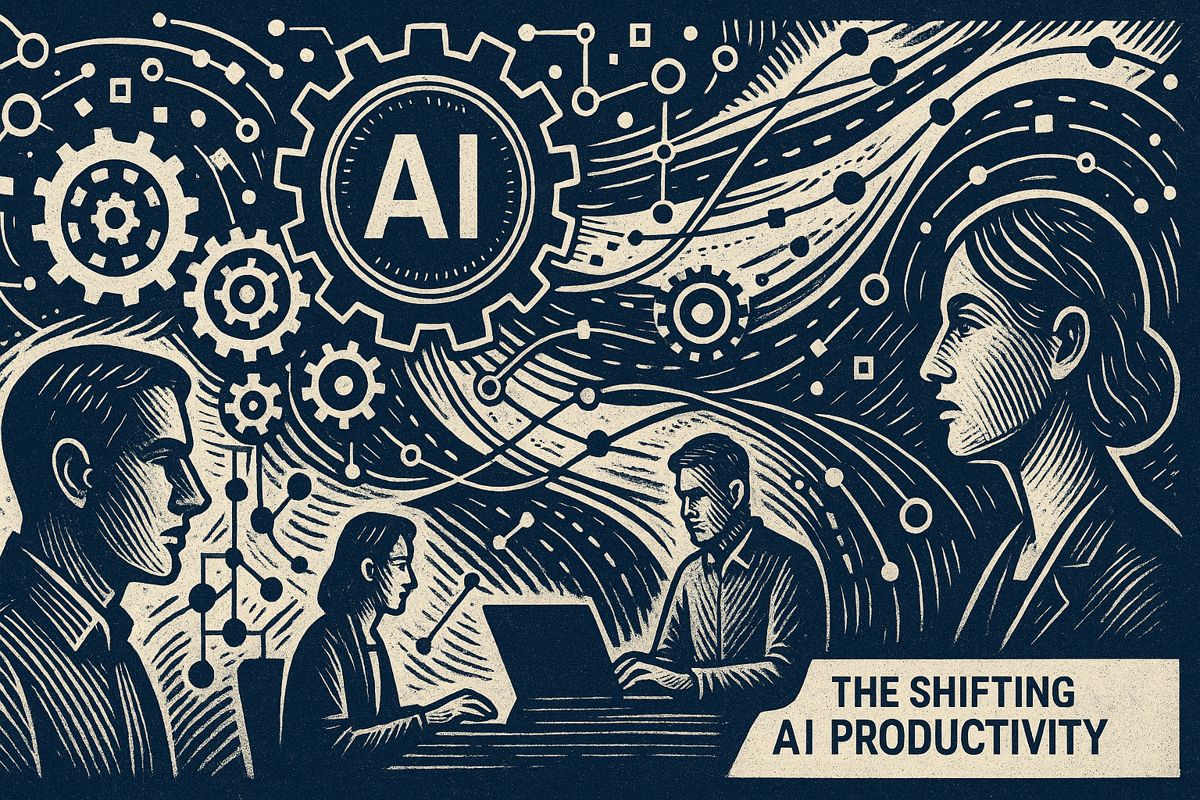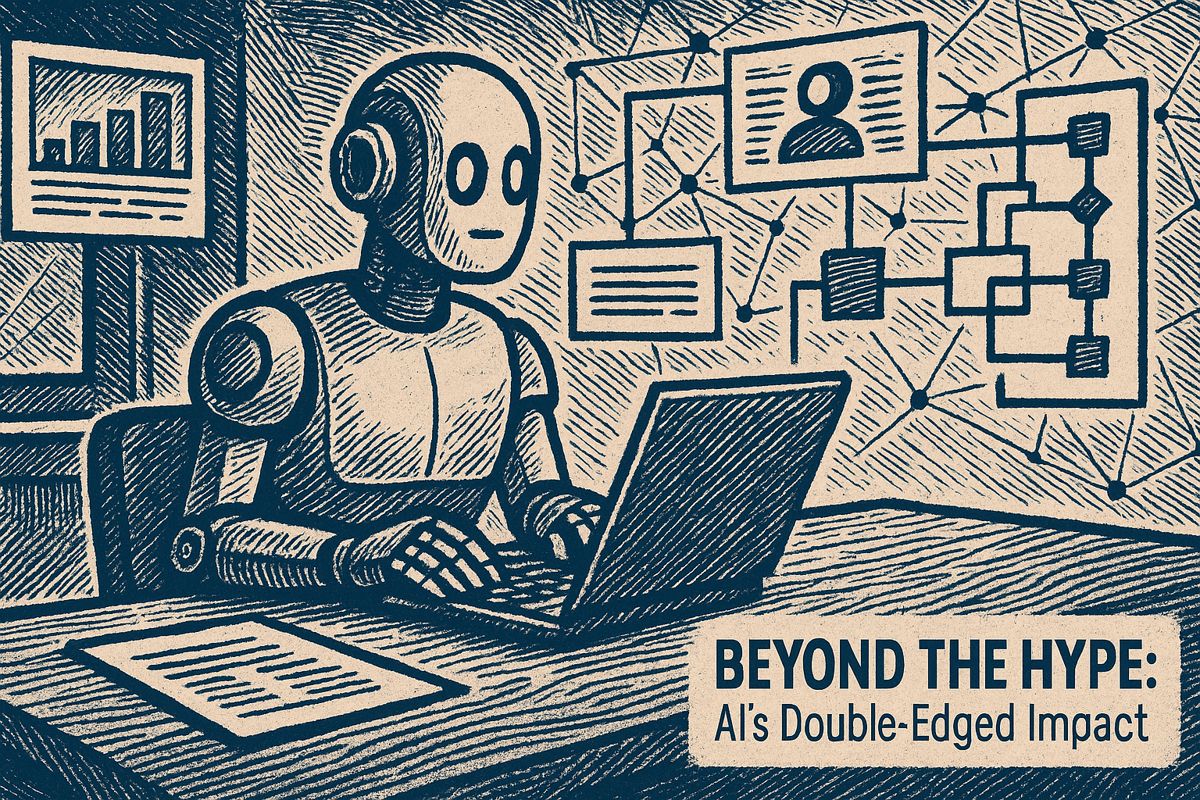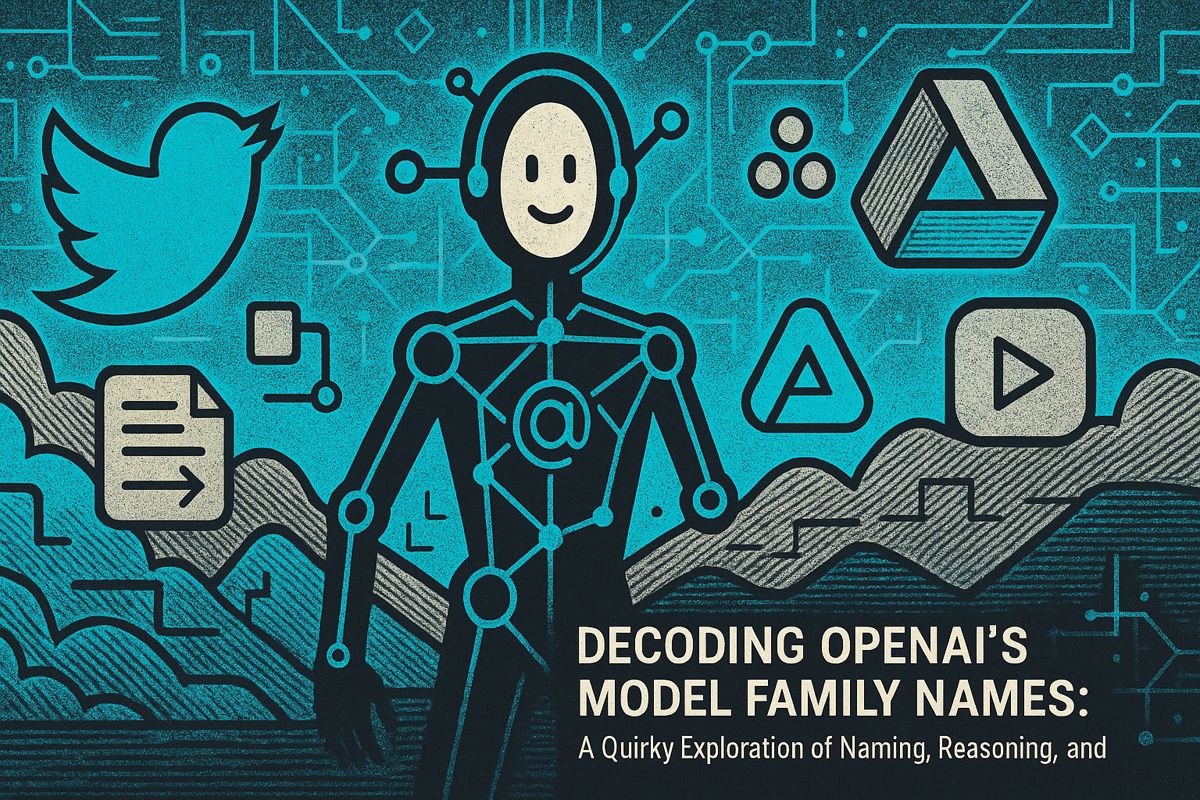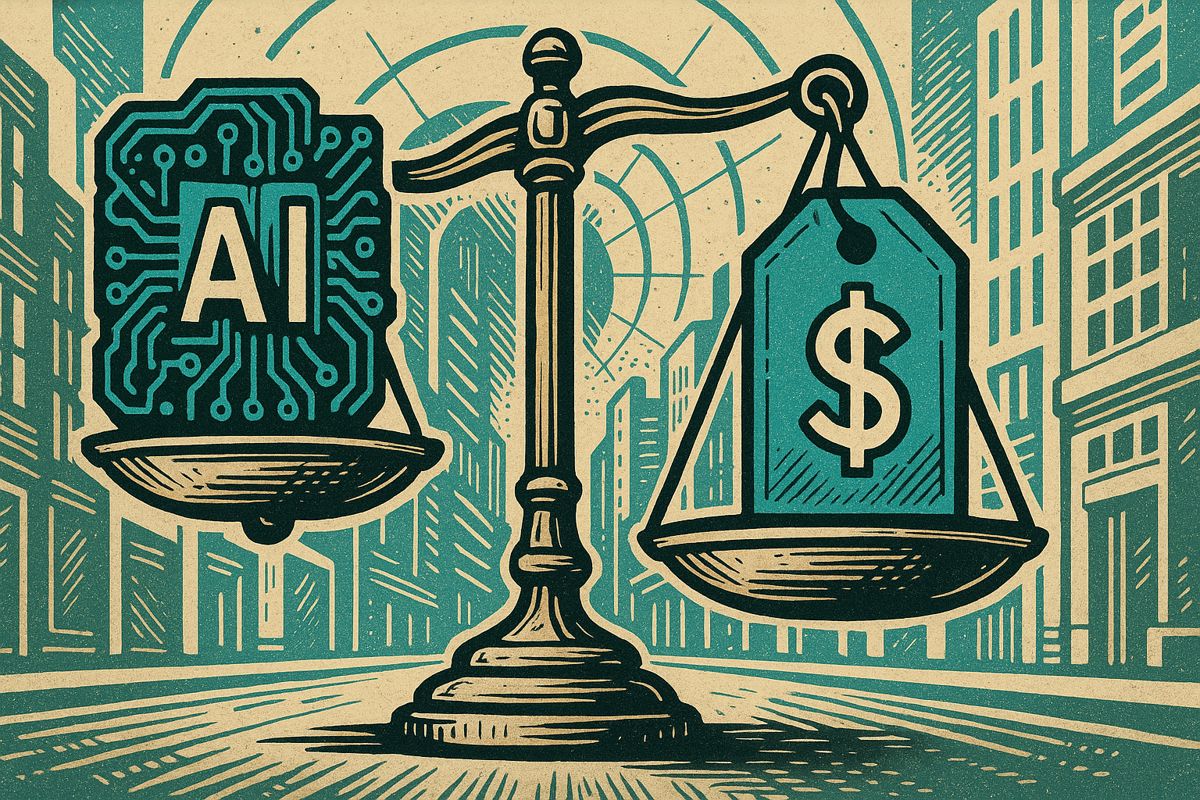Meta’s AI is transforming digital advertising by creating personalized ad campaigns at lightning speed. Small businesses can now compete with big brands using smart technology that makes thousands of ad variants in just minutes. The system uses powerful AI to create eye-catching visuals and copy that match exactly what each user might want. This new way of making ads is both exciting and a bit scary, as machines take over more of the creative process. The future of advertising looks like a wild dance between computer efficiency and human imagination.
How is Meta’s AI Transforming Digital Advertising?
Meta’s AI is revolutionizing advertising by automatically generating ad campaigns, creating thousands of personalized ad variants, and enabling small businesses to compete with major brands through advanced generative technology and real-time optimization.
Coffee, Algorithms, and the Art of Persuasion
Let’s set the scene: April in Menlo Park, the air buzzing with that blend of eucalyptus and impending paradigm shift. Mark Zuckerberg, never one for half-measures, strides onto Meta’s virtual stage and—bam!—lays out a blueprint to reinvent digital advertising with a blend of high-concept AI and a whiff of Silicon Valley bravado. I’ll admit, when I first caught wind of the announcement, there was a tingle of skepticism (mixed with the aroma of burnt espresso from my third cup that morning). Was this just another rebranding of ad tech snake oil, or a bona fide inflection point?
Meta’s new system is audacious in scope. Imagine, instead of marshaling a battalion of designers and copywriters, a business simply feeds its campaign goal and credit card into the machine. AI models—Lattice, Andromeda, and their ilk, each sounding like they moonlight as NASA codenames—spin up visuals, copy, even 360-degree and AR ad artifacts tailored to each hapless user’s digital fingerprint. You want 10,000 ad variants for November’s sock sale? “No problem,” whispers the algorithm, cool as obsidian. Of course, there’s a whirring, almost tactile hum to this process, a low-level cognitive vibration that reminds me of the early days with TensorFlow—half exhilaration, half vertigo.
And here’s the twist: the artist is dethroned, replaced by a sprawling, hyperspectral network of generative code. It’s as if the ad industry’s palimpsest is being rewritten by a hive mind, one prompt at a time. Is this brilliance or hubris? I had to stop and ask myself—am I excited, or a little appalled?
From Madison Avenue to Machine Avenue
Remember the halcyon days of Mad Men, when Don Draper’s scotch-soaked pitches decided the fate of brands? Those days are numbered. Meta’s AI doesn’t just automate ad placement; it conjures campaigns with the brute force of Monte Carlo simulations—optimizing bids, rotating creative, analyzing conversion rates in real time, and all with the granular precision of a Swiss railway schedule. A campaign that once took a week and a five-person war room now materializes in minutes. (Ugh. My inner craftsman winces.)
Yet, there’s a democratic undertone that’s hard to ignore. Suddenly, a solo entrepreneur in Des Moines can compete with the marketing juggernauts of Procter & Gamble or the aesthetic obsessives at Apple. The gates have been flung open. I recall a client—a one-woman e-commerce band—telling me, with a mix of glee and disbelief, that Meta’s automated pipeline let her test more campaigns in a month than she’d managed in all of 2022. She was giddy, and, frankly, so was I.
Still, let’s not get lost in the confetti. The machinery under the hood is opaque. Performance metrics are reported in Meta’s own dialect; third-party audits remain elusive (for now). It’s reminiscent of the early Facebook Ads era, before the IAB laid down standards. I made the mistake, once, of trusting the dashboard at face value—only to discover a “click” was not always a click, at least not in the Euclidean sense. Lesson learned: trust, but verify.
The Double-Edged Algorithm
With all this automation, who’s minding the store? There’s a gnawing anxiety among agency vets—and, honestly, among those of us who still romanticize the rogue creative. AI excels at scale and speed, but it stumbles over nuance. There are stories—some apocryphal, some regrettably true—of brands finding their logos mashed into contexts bordering on the surreal, like a perfume ad appearing next to a news story about landfill fires. The algorithm, eager but tone-deaf, doesn’t always grasp the difference between clever and catastrophic.
That’s why many agencies—Wieden+Kennedy, Ogilvy, you name it—now run hybrid workflows: letting AI draft hundreds of permutations, while humans apply the finishing brushstrokes and, crucially, the veto. The dance is intricate, more jazz improvisation than assembly line. There’s a smell here—a whiff of ozone, maybe, from the friction between old and new regimes.
All the while, the creative process itself is morphing. Interactive AR ad units, dynamic video that personalizes itself on the fly, once the domain of deep-pocketed brands, are now generated at the push of a button. Watching the system remix a single photo into a kaleidoscope of mood boards, I’m reminded of DALL-E’s arrival: awe mixed with low-key existential dread.
Ethics, Agency, and the Wild West
The question, of course, is not just can we but should we. As Meta pushes for frictionless AI-powered campaigns, the ethical stakes rise. Who decides what’s appropriate when the creative process is so thoroughly decoupled from human oversight? Data privacy, audience manipulation, and the risk of algorithmic bias—these are not just Spectre-level hypotheticals. They’re here, lurking at the margins of every campaign.
There’s hope, though, in the move toward augmentation rather than replacement. AI isn’t stealing the pen; it’s handing you a thousand new brushes. The real magic, I suspect, will come from oddball creators who use this machinery not just to replicate old patterns, but to invent new genres entirely. I’ve felt a twinge of envy watching a small team outmaneuver a legacy agency with nothing but a handful of prompts and a taste for chaos.
But here’s my unfinished thought: the ground is still shifting. Nobody knows where this experiment ends. Maybe this is the real meta-narrative—a perpetual beta, equal parts opportunity and risk, always caffeinated and a little unsteady. For now, my advice: treat every campaign as a living system, keep an eye on the metrics (and a saltshaker handy), and don’t be afraid to pause, reflect, and—when the machine spits out something truly bizarre—just laugh. After all, if advertising is a palimpsest, we’re all scribbling on the margins now.

